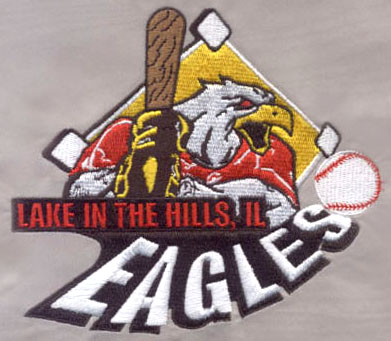Vector Art vs. Raster Images: Unveiling the Creative Power of Vector Artistry
In the realm of digital artistry, two distinct methods of image creation have emerged as frontrunners: Vector Art and Raster Images. Each approach possesses its own unique characteristics and creative potentials, offering artists and designers a diverse range of tools to bring their visions to life. In this comprehensive exploration, we delve deep into the intricacies of Vector Art and Raster Images, with a focus on the myriad reasons why Vector Art stands as a preferred choice for those seeking unparalleled creative freedom and precision.
Understanding the Fundamentals
Before we embark on our journey of comparison and discovery, it's crucial to establish a fundamental understanding of both Vector Art and Raster Images.
Vector Art: Vector graphics are crafted using mathematical equations that define geometric shapes, lines, and curves. These graphics are resolution-independent, meaning they can be resized infinitely without compromising image quality. Formats like SVG, AI, and EPS are commonly associated with vector art.
Raster Images: Raster images, often referred to as bitmap images, are composed of a grid of individual pixels, each assigned a specific color value. These images are resolution-dependent, meaning they can suffer from pixelation and quality loss when resized. Common formats include JPEG, PNG, and GIF.
The Advantages of Vector Art
1. Limitless Scalability and Resolution Independence
One of the most remarkable advantages of vector art is its ability to maintain impeccable quality regardless of size. Artists and designers can create intricate graphics or images and scale them up or down without the slightest loss of detail. This is particularly advantageous for projects that require various size outputs, such as logos for different platforms or large-scale prints.
2. Unmatched Precision and Detail
The mathematical foundation of vector art ensures that every line, curve, and shape is impeccably precise. This level of detail is especially important for applications like technical illustrations, architectural drawings, and intricate patterns.
3. Flexible Editing and Manipulation
Vector art software, like Adobe Illustrator, provides an array of tools that enable effortless editing, manipulation, and refinement of graphic elements. Artists can easily modify colors, adjust shapes, and experiment with various effects, fostering a dynamic and explorative creative process.
4. Smooth and Clean Lines
The inherent nature of vector graphics guarantees smooth, clean lines, even when zoomed in to the minutest detail. This aspect is particularly advantageous for typography, logo design, and line art, where clarity and precision are paramount.
5. Versatility and Adaptability
Vector art seamlessly integrates into various mediums and platforms. Whether it's for web design, mobile apps, print materials, or even animations, vector graphics maintain their quality and aesthetic across different environments.
6. Small File Sizes and Optimized Performance
Vector files are notably smaller in size compared to their raster counterparts, making them ideal for digital platforms where file size optimization is essential. Websites and applications can load vector images faster, leading to a smoother user experience.
7. Effortless Color Management and Consistency
Vector art simplifies color management through features like global color swatches and gradient tools. This ensures consistency across designs and simplifies the process of experimenting with different color schemes.
8. Print Perfection and Production Efficiency
When it comes to print materials such as brochures, business cards, and banners, vector art guarantees exceptional print quality without the risk of pixelation or loss of detail. This leads to smoother production processes and high-quality finished products.
9. Aesthetically Pleasing Infographics and Illustrations
Vector graphics lend themselves naturally to the creation of infographics, illustrations, and charts. The ability to create intricate visual representations with ease and precision makes vector art a valuable asset in conveying complex information effectively.
10. Artistic Freedom and Innovation
Ultimately, vector art grants artists and designers an unparalleled degree of artistic freedom. The ability to create, edit, and experiment without limitations allows for the realization of imaginative and innovative concepts.
Conclusion
In the eternal debate between Vector Art and Raster Images, the advantages of vector artistry shine brightly as a beacon of creative potential. The scalability, adaptability, and precision offered by vector graphics provide artists and designers with a canvas where their imagination can roam free, unburdened by concerns of resolution and pixelation.
The choice between vector art and raster images ultimately hinges on the specific demands of a project. While raster images undoubtedly have their own merits, the versatility, efficiency, and artistic liberty that vector art offers make it an enticing choice for those seeking to push the boundaries of visual expression.
For businesses and individuals seeking to harness the power of Vector Art, Eagle Digitizing’s Vector Art Service emerges as a beacon of excellence. With a commitment to delivering professional-quality designs that are not only scalable and versatile but also easy to use. Eagle Digitizing empowers businesses to create a lasting visual impression. Whether you're in need of compelling logos, intricate illustrations, or impactful designs, our Vector Art Service bridges the gap between your artistic vision and its tangible realization.



